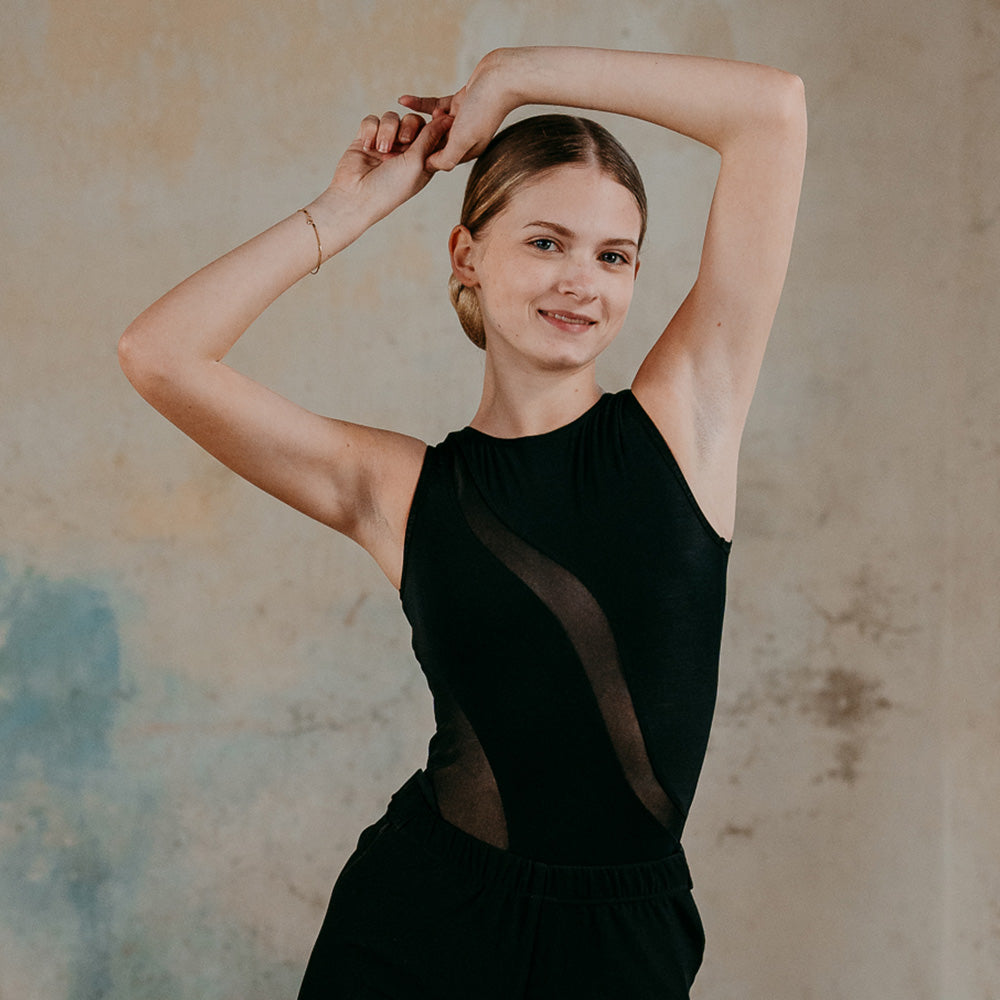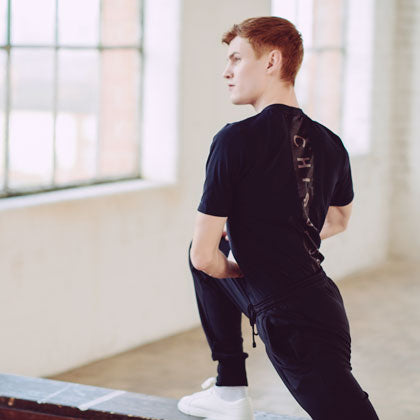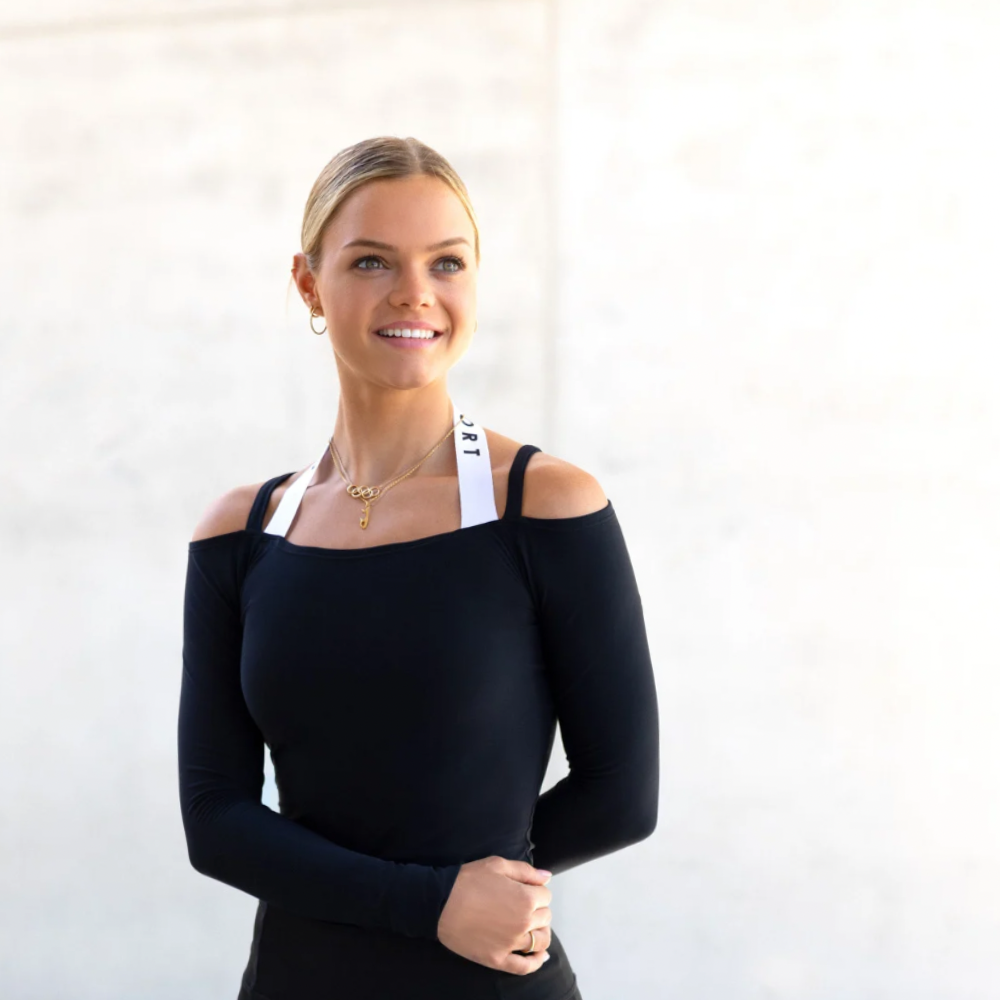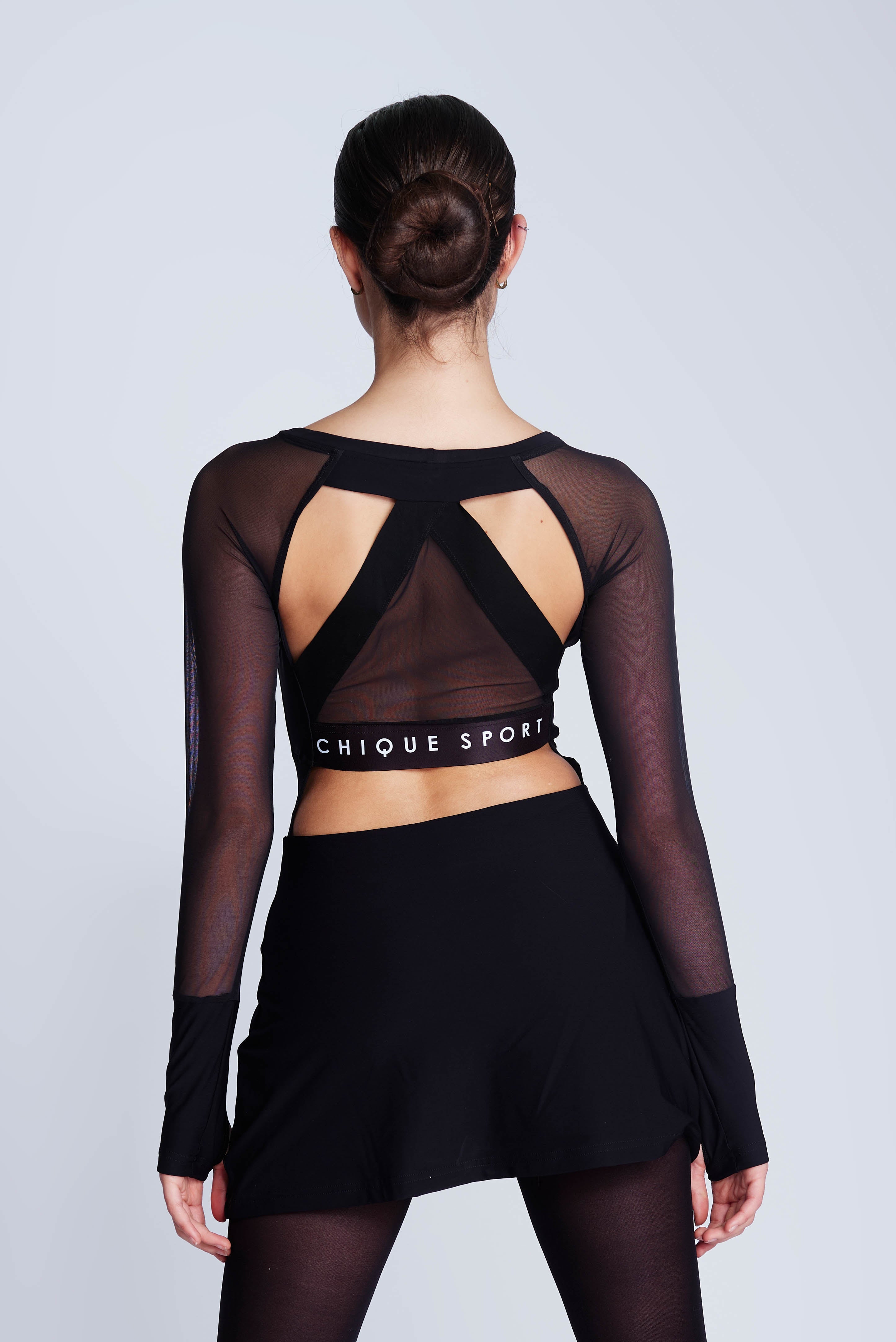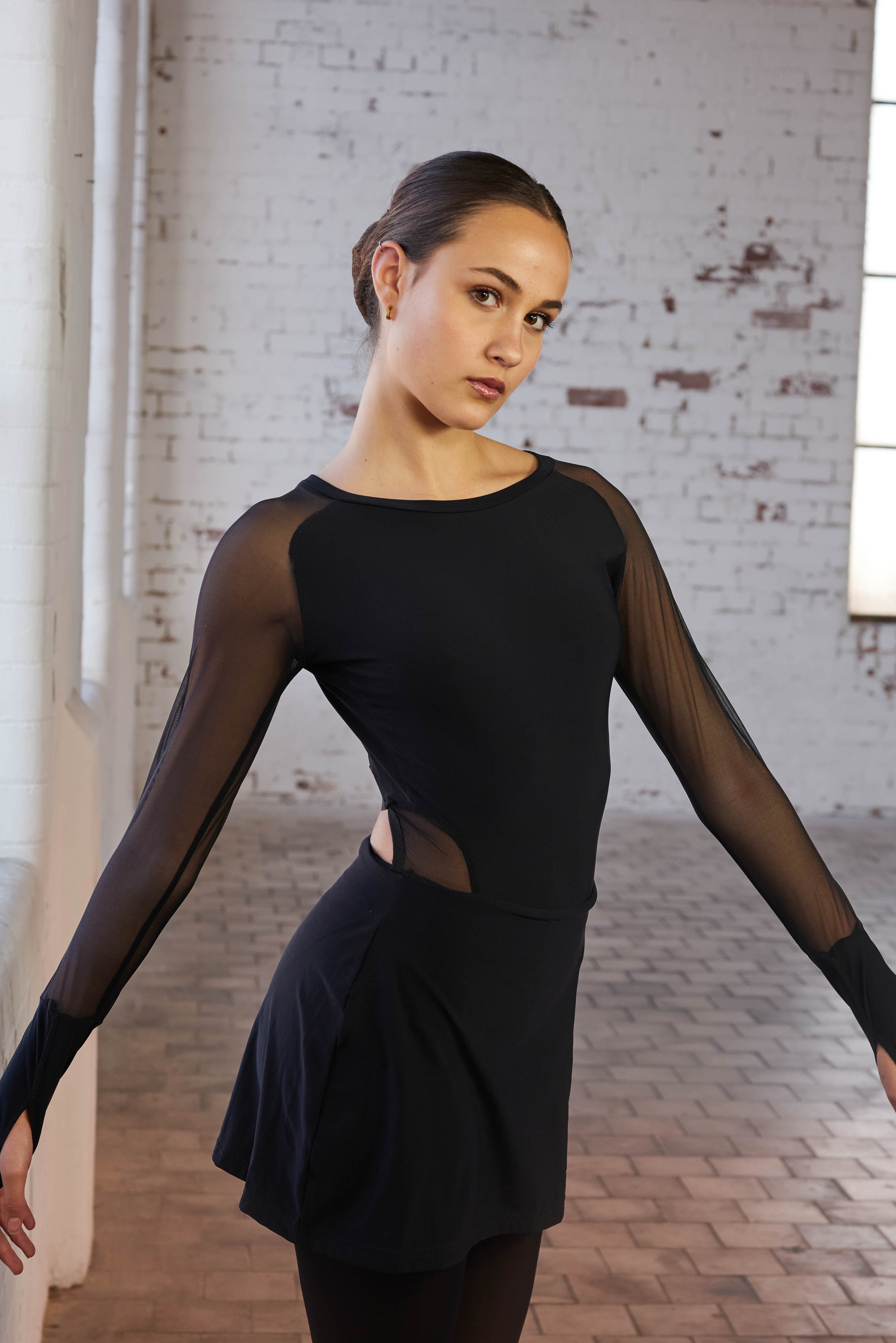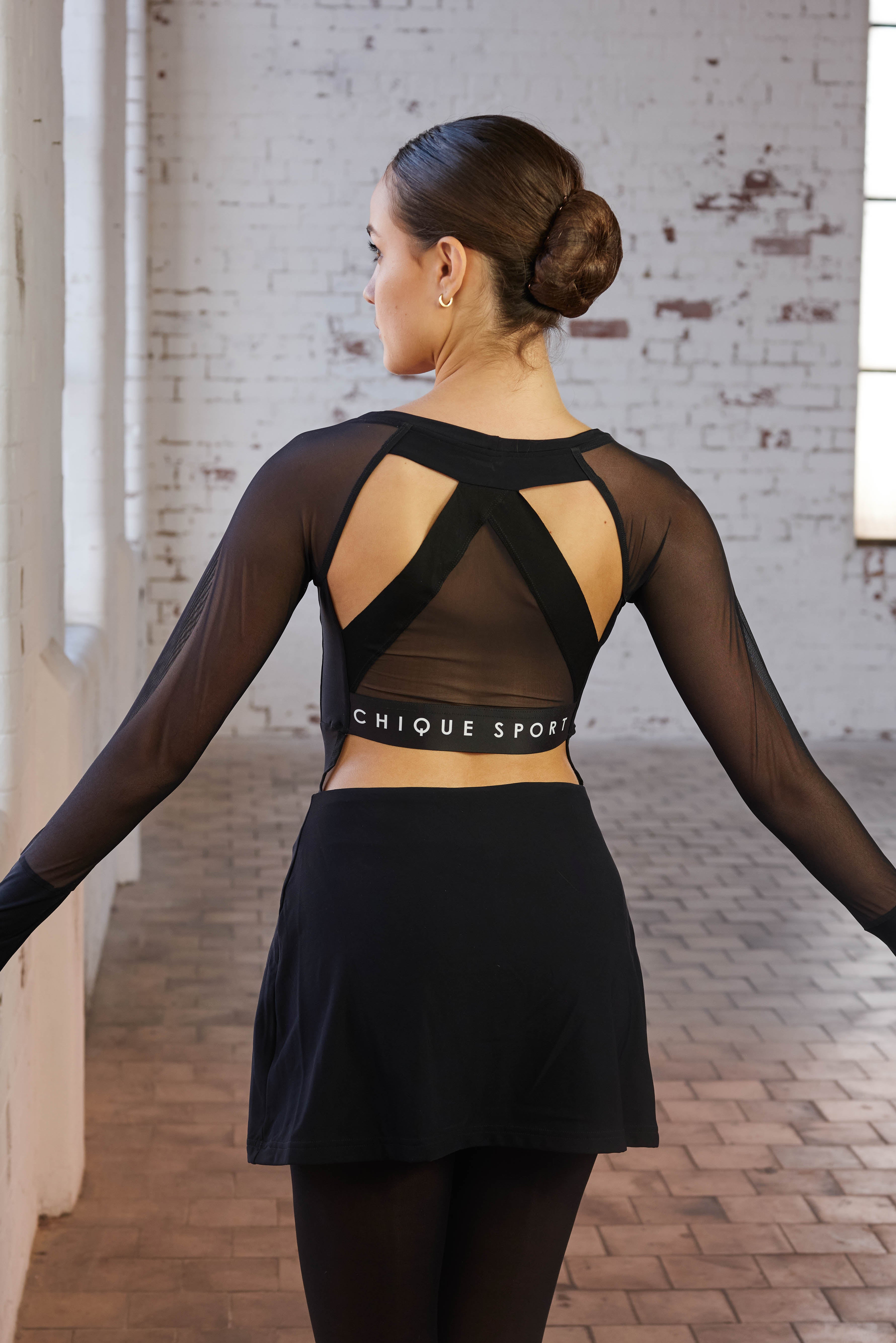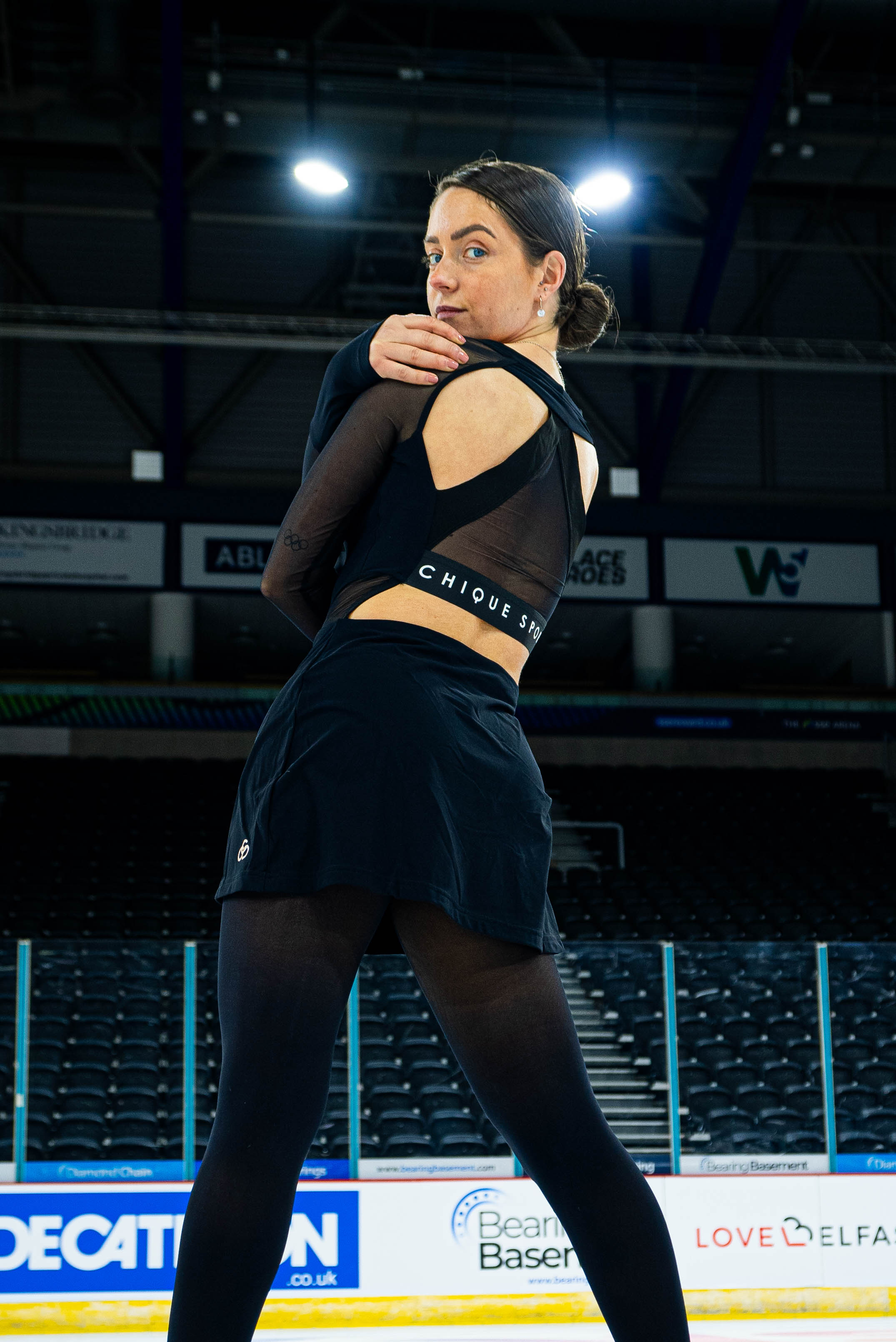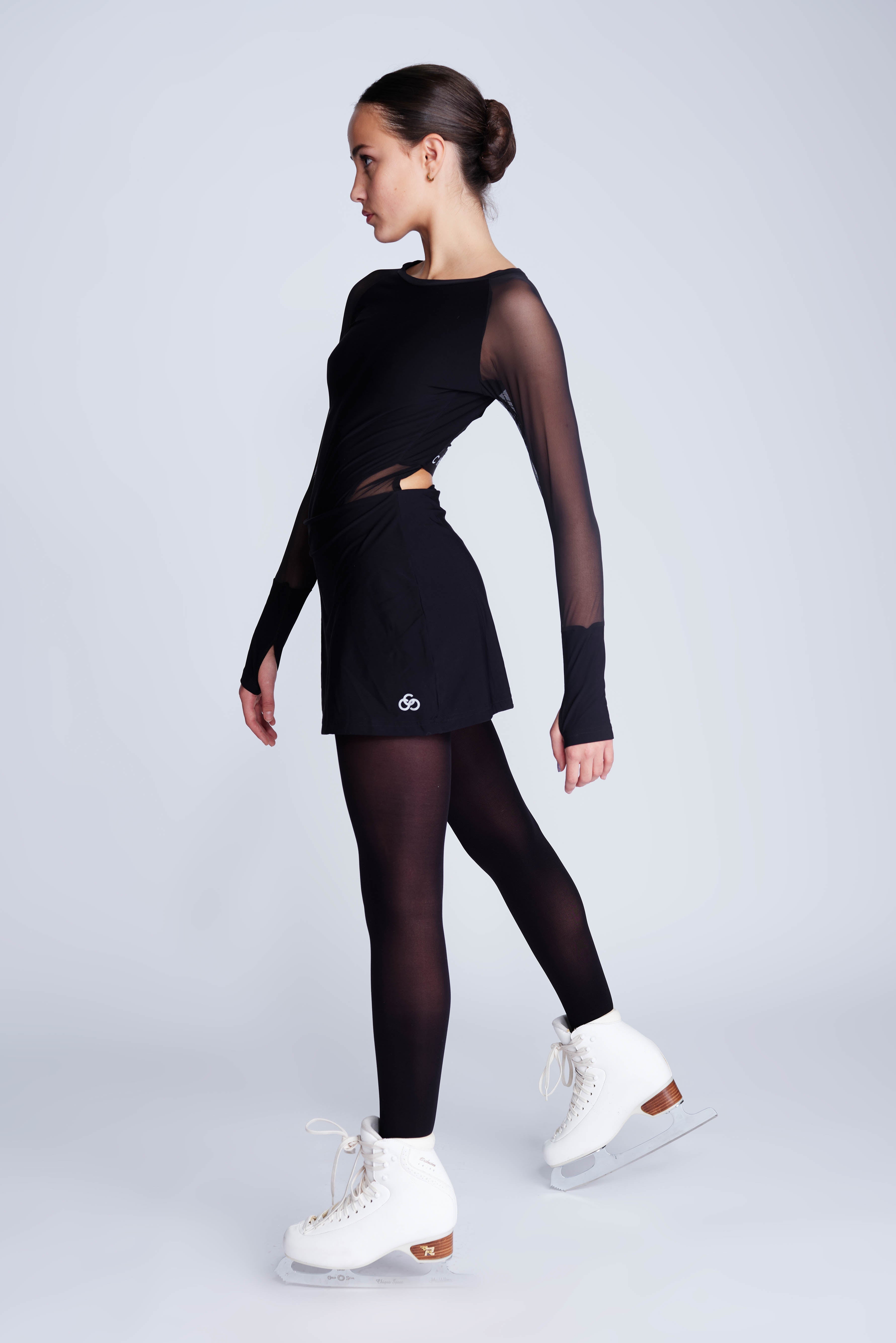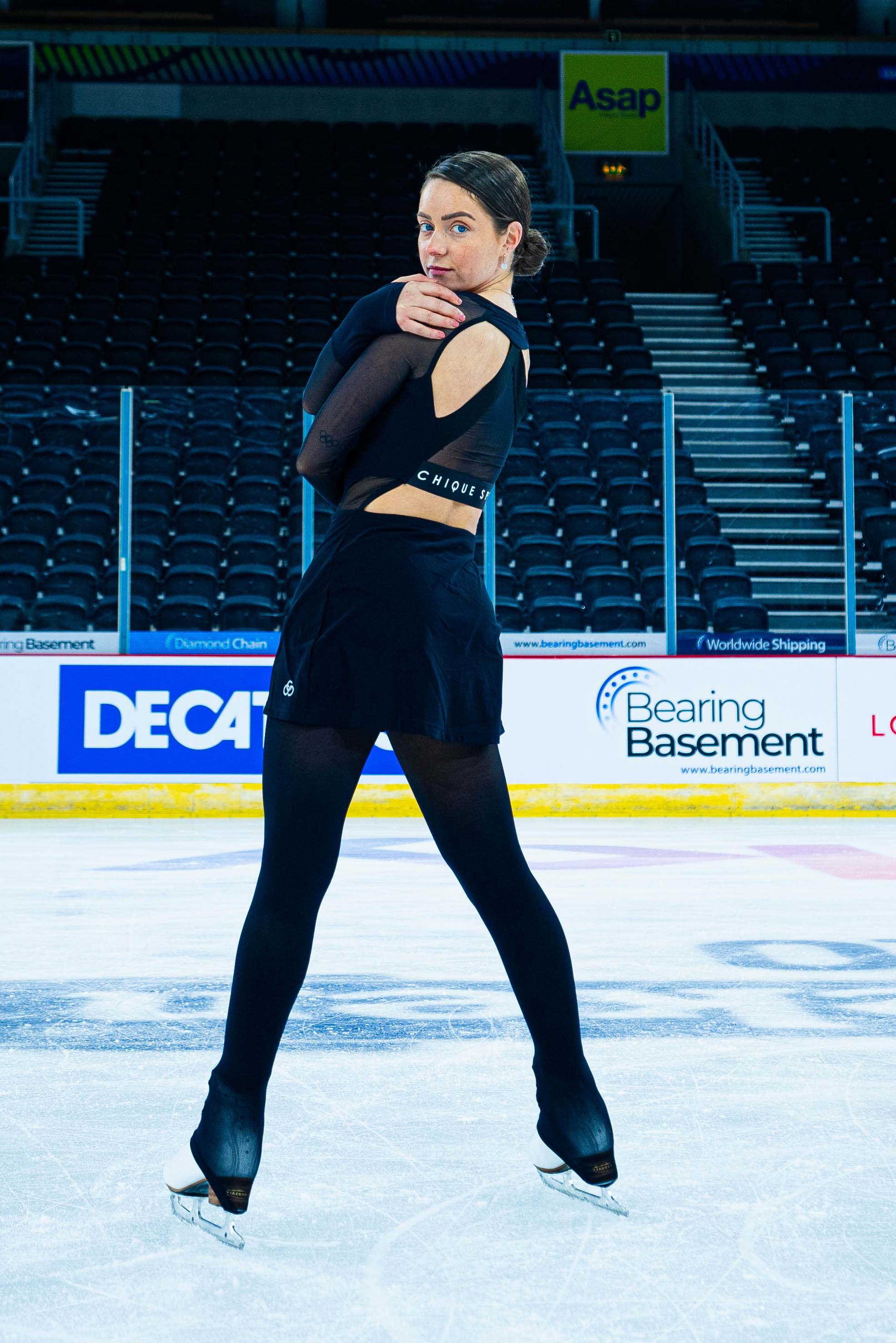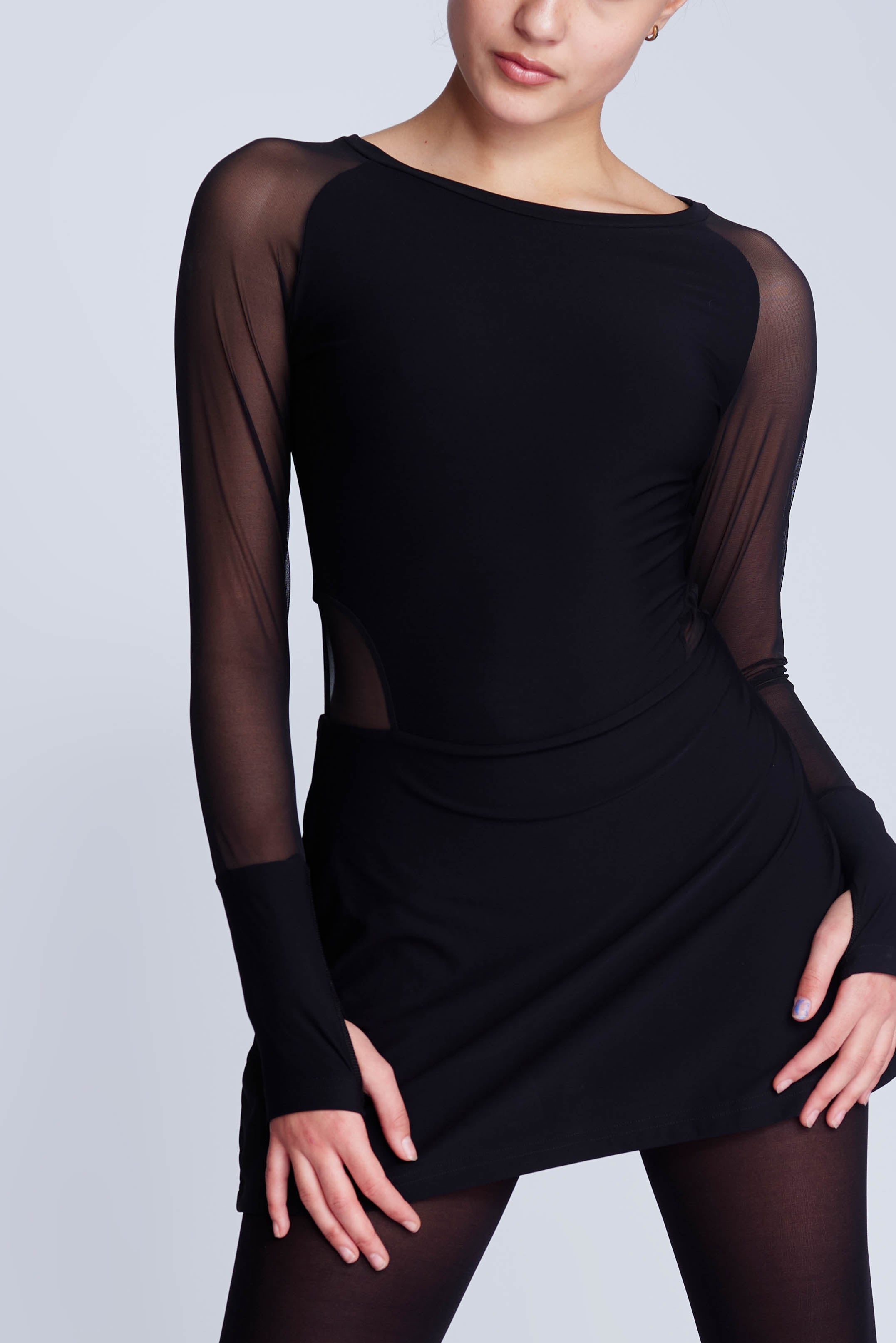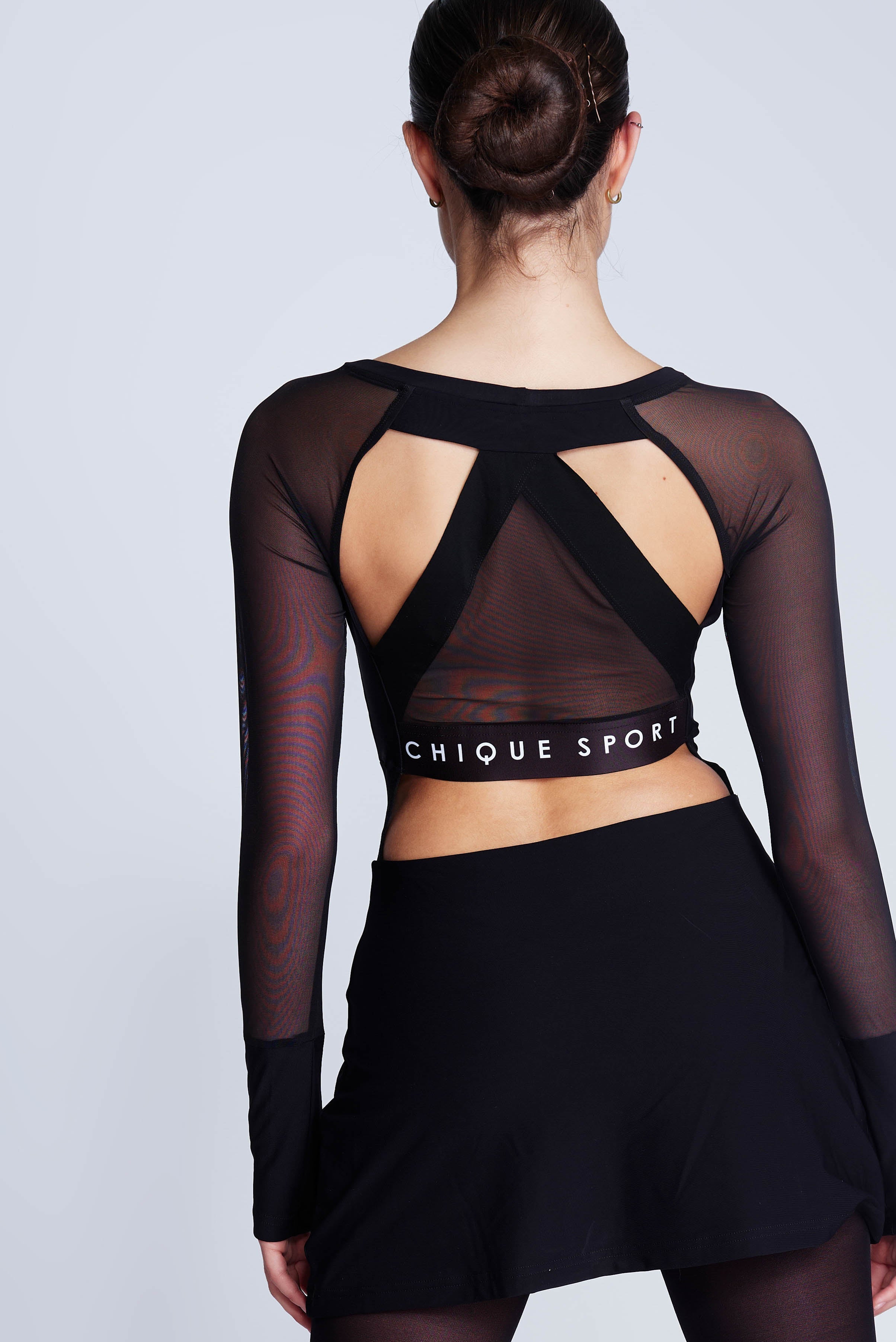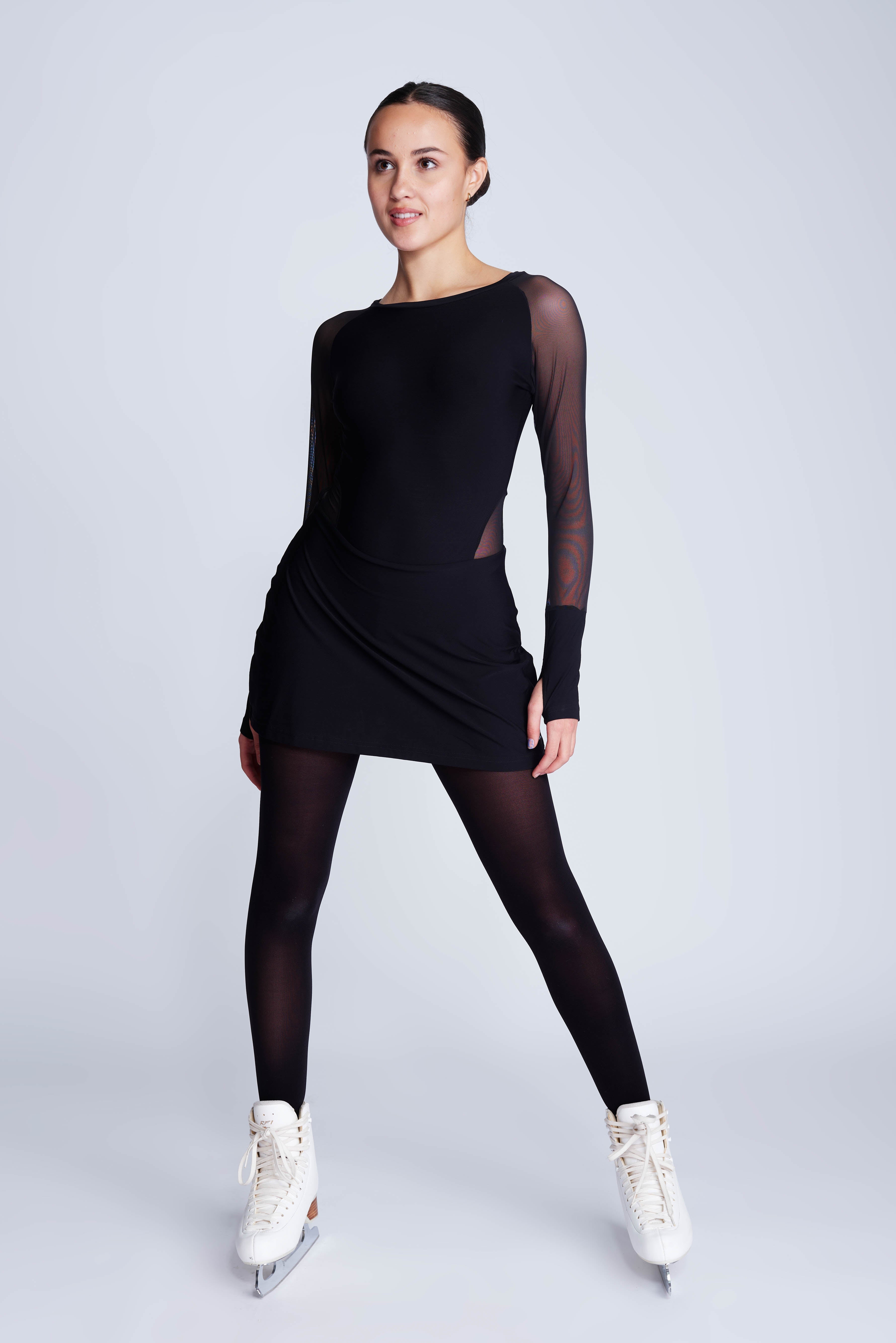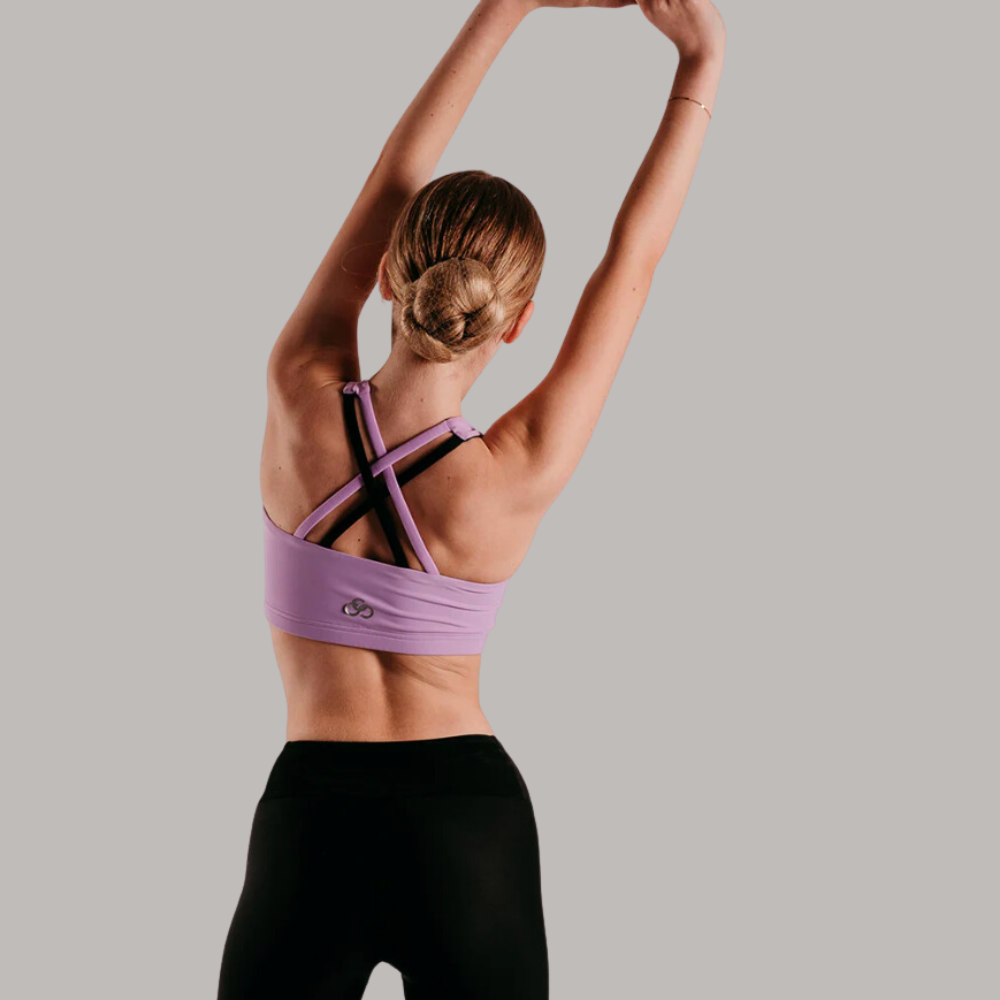If you're a skating enthusiast, understanding figure skating terms is important. Seeking clarity on these terms or wanting to expand your vocabulary can greatly elevate your appreciation of the sport. This guide offers a comprehensive list curated to deepen your knowledge, bridging the gap between casual viewer and seasoned expert.
Figure Skating Terms Glossary
Dive into our comprehensive glossary, featuring 43 carefully selected figure skating terms. These are categorised for ease of understanding, covering jumps, moves, rotations, scoring, competition, program, and equipment.
Figure Skating Jump Terms
Axel - The Axel jump is distinguished by its forward take-off. It's known for the challenging extra half rotation it requires.Bunny Hop - The Bunny Hop is a fundamental manoeuvre in figure skating, where skaters leap from one foot and transition smoothly onto the other.
Edge Jump - Distinct in its reliance solely on the blade's edge, the Edge Jump avoids using the toe pick. This gives it a pure, graceful look on the ice.
Flip - The Flip is a unique jump that often employs a toe-pick assist. It starts from the back inside edge, allowing for a sharp rotation.
Loop - In the Loop, skaters take off and land on the same back outside edge. This creates a circular, seamless movement.
Lutz - The Lutz is a toe-pick-assisted marvel. It begins on the back outside edge and lands on the opposite foot's outside edge.
Salchow - The Salchow jump starts from the back inside edge. Skaters then make a rotation to land on the back outside edge of the opposite foot.
Toe Jump - Momentum for the Toe Jump is gained by digging the toe pick into the ice. This assist gives the skater additional lift and rotation.
Toe Loop - The Toe Loop uses a toe pick for both take-off and landing. Both actions occur on the same back outside edge, creating a looped motion.
Waltz Jump - The Waltz Jump begins on a forward outside edge. Skaters then gracefully transition, landing on the back outside edge of the opposite foot.
Figure Skating Move Terms
Attitude - The Attitude is a graceful pose where the skater lifts one leg behind, bending at the knee. It's inspired by ballet and showcases flexibility and balance.Biellmann - A Biellmann involves the skater pulling one foot overhead in a spin position. This move requires significant flexibility, especially in the back and legs.
Crossovers - Crossovers are basic skating moves where one foot crosses over the other while skating curves. They help skaters gain speed and navigate corners.
Hydroblading - Hydroblading sees the skater glide on a deep edge with their body close to the ice surface. It's a dramatic move that combines strength and flexibility.
Mirror Skating - Mirror Skating has two skaters performing identical routines, but in opposite directions. It's a test of symmetry and coordination.
Shadow Skating - In Shadow Skating, two skaters perform the same movements side by side to emphasise synchronisation.
Spiral - The Spiral move demands balance and strength, where the figure skater glides on one foot while extending the other leg backward.
Shoot-The-Duck - This move involves the skater squatting down on one leg while extending the other leg forward. It's a test of strength and balance.
Spread Eagle - In the Spread Eagle, skaters travel in a straight line with feet turned outwards, forming a line with their skates. It requires flexibility in the hips and strong edge control.
Figure Skating Rotation Terms
Arabesque - The Arabesque is a one-legged glide where the free leg is extended straight back at hip level, resembling a ballet pose.Biellmann Spin - In the Biellmann Spin, skaters pull their free leg overhead while spinning in an upright position, showcasing remarkable flexibility.
Camel Spin - During the Camel Spin, skaters spin on one foot while holding the other leg extended parallel to the ice, creating a T-shape profile.
Combination Spin - The Combination Spin blends multiple spin positions in a single sequence, transitioning smoothly between each one.
Death Spiral - Unique to pairs skating, the Death Spiral has one skater spinning in a low, horizontal position, anchored by their partner's steady hold.
Flying Spin - The Flying Spin starts with a jump before landing into a spin, emphasising both elevation and rotational skill.
Layback Spin - In the Layback Spin, skaters lean backward while spinning, arching their back and extending one leg forward.
Scratch Spin - The Scratch Spin is an upright spin where the skater pulls in their arms and free leg to increase rotation speed.
Sit Spin - As the name implies, in the Sit Spin, skaters lower themselves into a sitting position while maintaining a rapid spin on one leg.
Upright Spin - The Upright Spin involves skaters rotating vertically on one foot, maintaining an erect posture throughout.
Figure Skating Scoring Terms
Base Value - The Base Value of a figure skating element refers to its predetermined point value before considering execution quality.Code of Points - This system, known as the Code of Points, sets the framework for scoring in figure skating, detailing values for every element and potential penalties.
Grade of Execution (GOE) - Judges use the Grade of Execution to adjust an element's Base Value, either adding or subtracting points based on its quality.
International Judging System (IJS) - Adopted globally, the International Judging System standardised scoring, combining technical elements and presentation marks.
Program Components Score (PCS) - The PCS captures the overall artistry and presentation of a skater's routine, grading aspects like choreography and interpretation.
Total Element Score (TES) - Accumulating the values of all performed elements, the Total Element Score quantifies a skater's technical prowess within a segment.
Total Segment Score (TSS) - The Total Segment Score combines a skater's Total Element Score and Program Components Score, providing an overall evaluation of their performance.
Figure Skating Competition Terms
Free Dance - An element of ice dance competitions, Free Dance allows skaters to express themselves with fewer restrictions, emphasising creativity and interpretation.Free Skate - Known as the Free Skate, this segment lets figure skaters perform a longer routine, incorporating a wider range of technical elements and artistic expression.
International Skating Union (ISU) - The primary governing body for ice sports, the International Skating Union oversees rules, standards, and competitions worldwide.
Long Program - Often synonymous with the Free Skate, the Long Program is a longer routine where skaters showcase a comprehensive set of their skills.
Short Dance - In ice dance competitions, the Short Dance is a brief routine with prescribed patterns and rhythms set by the International Skating Union.
Short Program - The Short Program requires figure skaters to perform a concise routine, typically with specific mandatory elements.
Skating Skills - Central to all routines, Skating Skills encompass a skater's fundamental abilities, including edge control, stride, and overall ice coverage.
Sound Like a Pro, Dress Like a Pro

Now you know how to speak like a professional figure skater, why not dress like one too?
At the heart of the figure skating world, Chique Sport has carved a niche for itself, becoming a preferred choice for clothing among skaters. Tailored to cater to skaters of all levels, from novices to seasoned professionals, our clothing ensures that every spin, jump, and glide is performed with confidence and style.
Explore our full range of figure skating training wear below!



